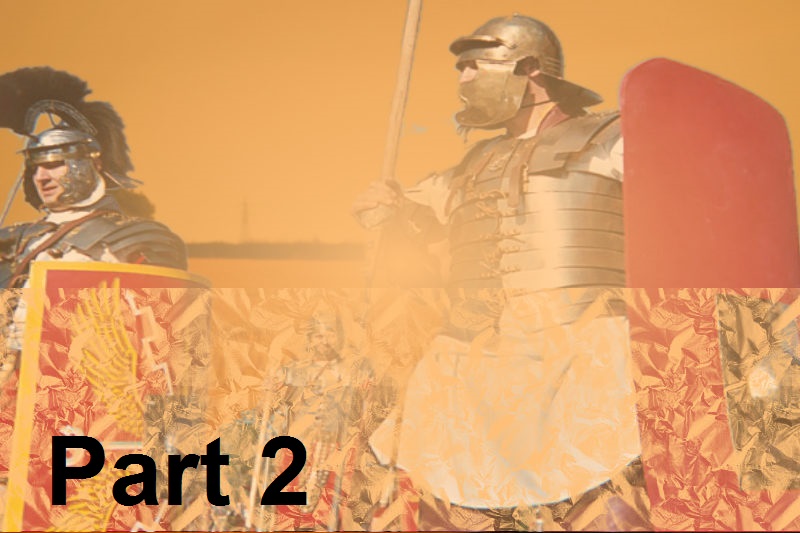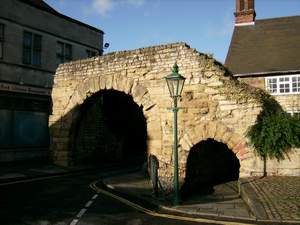LINCOLNSHIRE AND THE ROMANS (Part 2)


The Roman road system was an outstanding transportation network of the ancient world, extending from Britain to the Tigris-Euphrates and, from the Danube to Spain and North Africa.
The Romans built 50,000 miles of hard-surfaced highway, primarily for military purposes.
The Romans only selected routes that had springs or rivers at even sections so that the Roman Legions always had water en-route.
For the benefit of the reader, a Roman Legion comprised 3,000-foot soldiers; this was later increased to 6,000-foot soldiers with a compliment of cavalry; so water was very important.
No country can possibly develop without roads, and the better they are, the more rapidly will other improvements follow.
The road is a great civilizing agent, bringing together the towns and cities of a country. Good roads encourage travelling and increase trade.
The three great Roman roads which passed through Lincolnshire were the Ermine street, extending from London (Bishopsgate), via Stamford, Colsterworth, Navenby, Boothby Graffo, Lincoln, and thence to York, crossing the Humber at Brough; the Fossway, which traversed Britain from south-west to north-east, ran from the coast near Saltfleetby to Lincoln, and thence to Bath; and the Saltway, which extended from the salt mines at Droitwich to the coast near Wainfleet, passing near Grantham, Sleaford, and Tattershall, which was a Roman station (Drurobrivis).
In the early part of the 5th century, the Romans found it necessary to withdraw their troops from Britain to assist in defending Italy against barbarian invaders; and, in 448, the Romans finally relinquished all possession, power and authority in Britain.
After the Romans had gone, the banks, drains and sluices, which they had formed, were neglected, and a great part of the county that they had brought into cultivation soon returned to its original fenny state. The country sank into a state of anarchy.
Anglo-Saxon Era
During the Anglo-Saxon era, Lincolnshire was incorporated within the kingdom of Mercia; and, during the establishment of these petty kingdoms, the Saxons were in constant warfare with the Romanised Britons; and after these were subdued, they were repeatedly embroiled in conflicts with each other.
I mention the Saxons at this period, for the mythology of the Saxons is interwoven with the English language.
From objects of their worship, the names of our days have been derived. The first and second days in the week they dedicated to the Sun and the Moon; hence - Sunday and Monday; the third and fourth were dedicated to Tuisco and Woden; hence - Tuesday and Wednesday; the fifth, sixth and seventh, in like manner, to Thor, Frea and Seator; hence - Thursday, Friday and Saturday.
In the year 870 the Danes landed at Humberston in Lincolnshire, and they raped and plundered the county; at which time, the famous and ancient monastery at Bardney was destroyed, the monks being all massacred in the church without mercy.
Count Algor and two knights, Wilbert and Leofric, joined Osgot, the Sheriff of Lincoln, with the Lincolnshire forces, which totalled some five hundred men, and they defeated the Danes on St. Maurice's day.
Soon after the Norman Conquest, Lincoln became one of the most popular populous cities in England, full of trade, and resorted to both by land and water.
